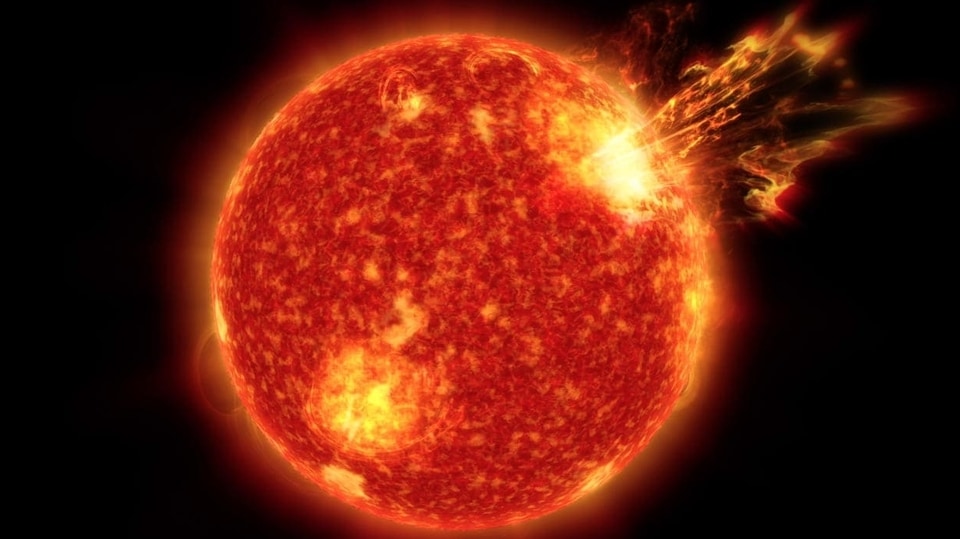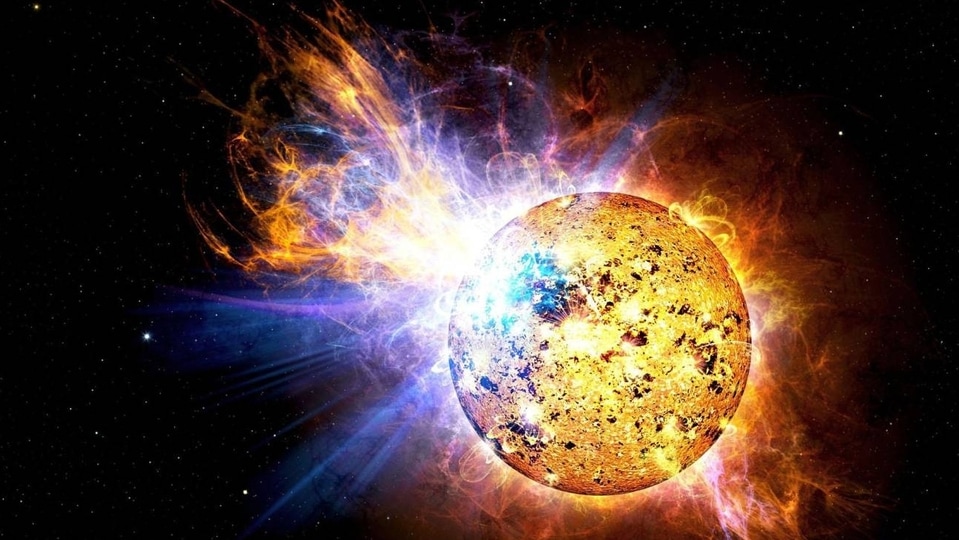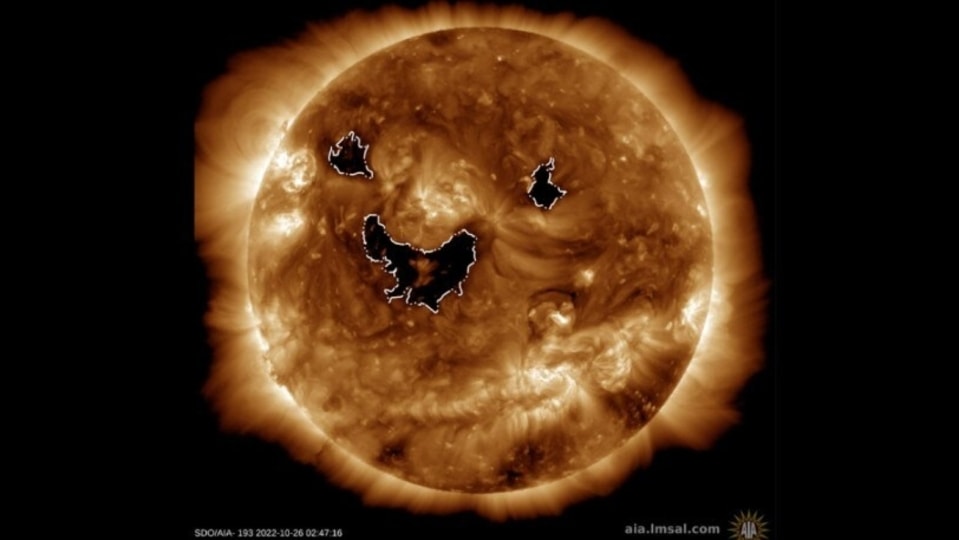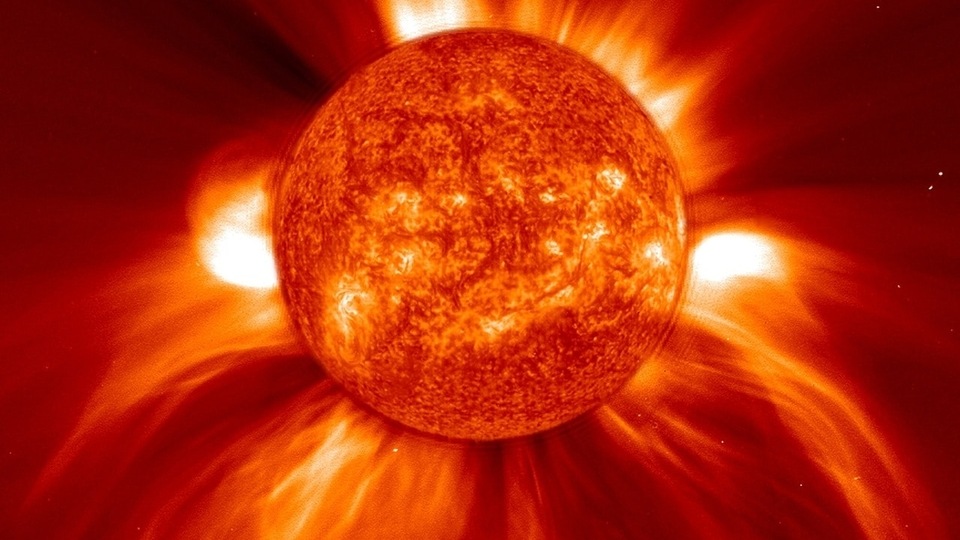CME hurled by the Sun to hit Earth soon! G1-class Geomagnetic storm on the cards
National Oceanic and Atmospheric Administration (NOAA) forecasters have shed light on a potential CME impact that could hit Earth and spark a Geomagnetic storm soon.

_1658567219974_1658567228615_1658567228615.jpg)





 View all Images
View all ImagesSolar activity has been at a high in the last few months and that is probably due to the approaching Solar Maximum. Sun entered solar cycle 25 in 2019 and it is expected that it will hit its peak in July 2025, thus resulting in increased solar activity even further during the peak. Therefore, we can expect solar phenomena such as sunspot eruptions, solar storms, solar flares, geomagnetic storms, and more, to bombard Earth.
Recently, forecasters at the National Oceanic and Atmospheric Administration (NOAA) have issued a warning against a potential CME impact that could hit Earth and spark a Geomagnetic storm soon.
According to a recent report by spaceweather.com, NOAA forecasters have been keeping an eye on a Coronal Mass Explosion (CME) that was hurled out by the Sun into space during an M2.5-class explosion on June 9 Alarmingly, this CME is moving towards Earth and has been projected for a collision with Earth's magnetic field. The report further states that this collision is likely to result in a G1-class Geomagnetic storm that is expected to hit the planet and could deliver a glancing blow tomorrow, June 13.
Dangers of Geomagnetic storm impact
While such impacts can create fascinating Auroras, they can do a lot of damage to the infra on Earth and in space. They can damage small satellites, impact mobile networks, and GPS, and even pose a threat to ground-based electronics and power grids by increasing the magnetic potential by huge amounts.
How NASA SOHO monitors the Sun
NASA's SOHO (Solar and Heliospheric Observatory) is a satellite that was launched on December 2, 1995. It is a joint project between NASA and the European Space Agency (ESA) to study the sun, its atmosphere, and its effects on the solar system. It is equipped with 12 scientific instruments, such as an Extreme Ultraviolet Imaging Telescope (EIT), Michelson Doppler Imager (MDI), LASCO (Large Angle and Spectrometric Coronagraph), and others. SOHO captures images of the sun's corona, measures the velocity and magnetic fields of the sun's surface, and observes the faint corona around the sun.
Catch all the Latest Tech News, Mobile News, Laptop News, Gaming news, Wearables News , How To News, also keep up with us on Whatsapp channel,Twitter, Facebook, Google News, and Instagram. For our latest videos, subscribe to our YouTube channel.


























